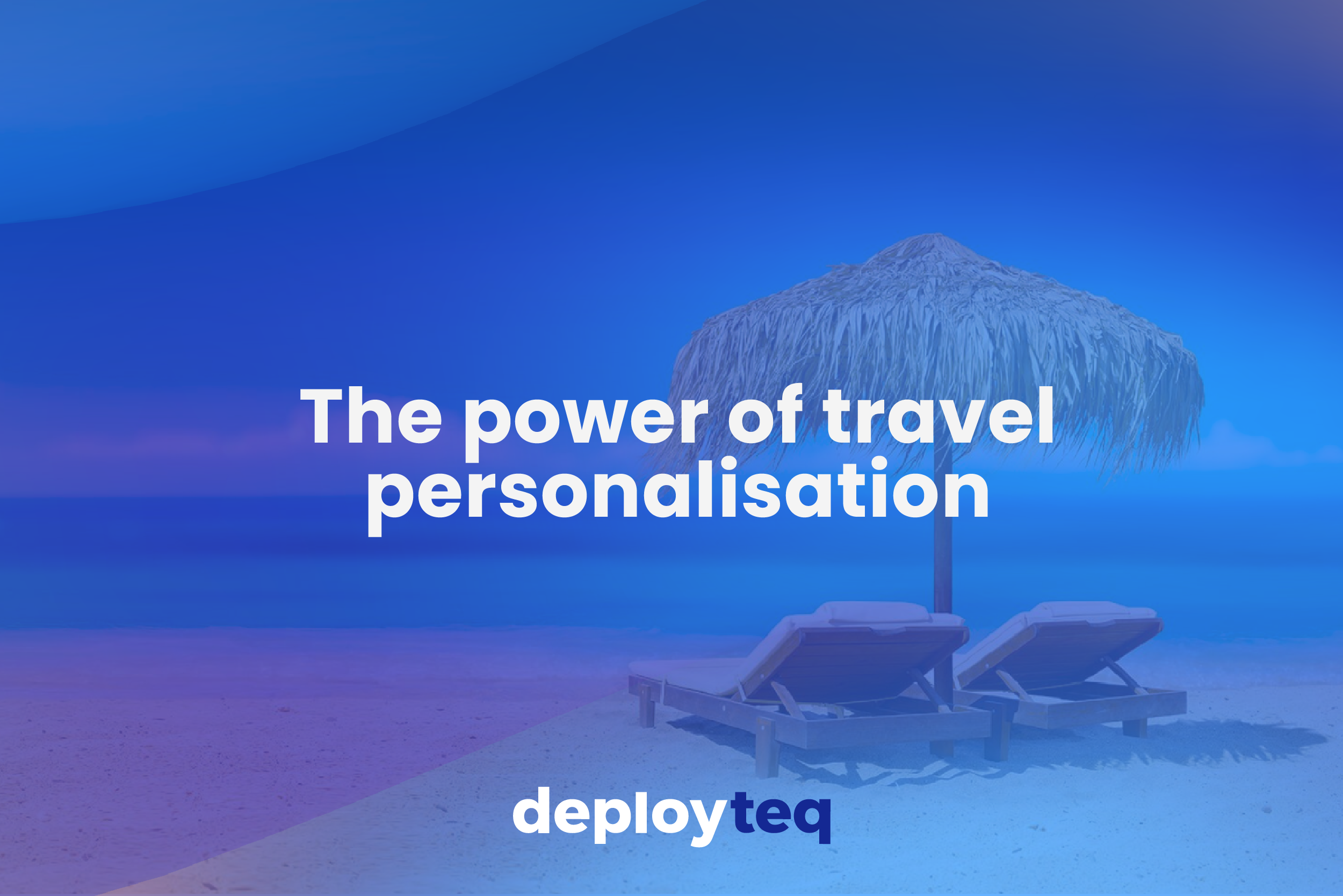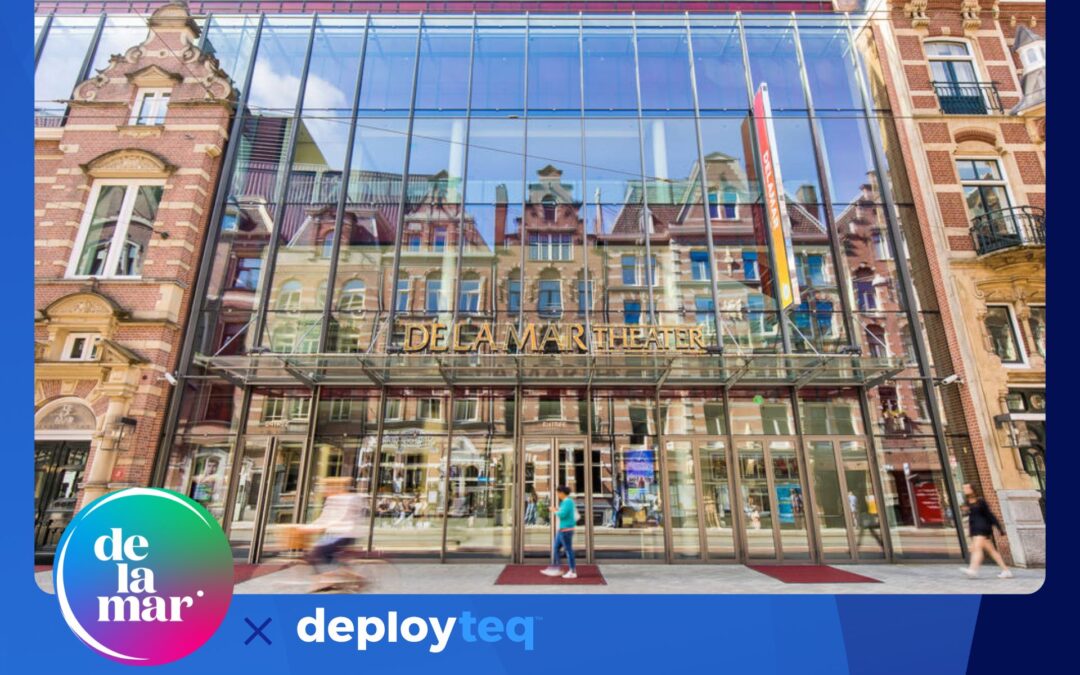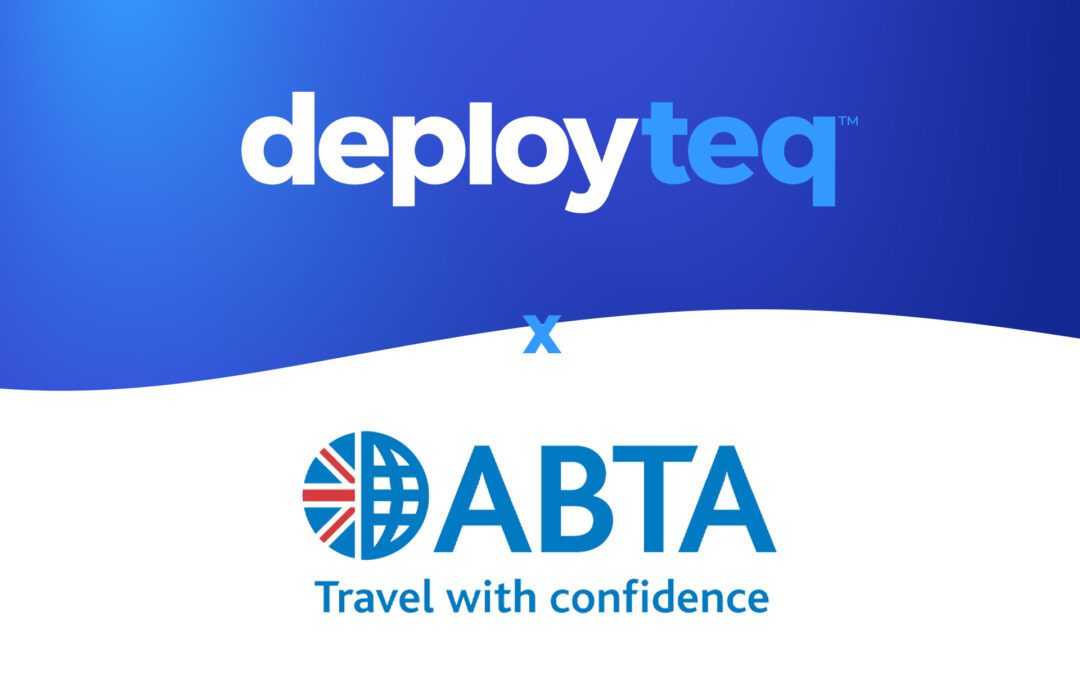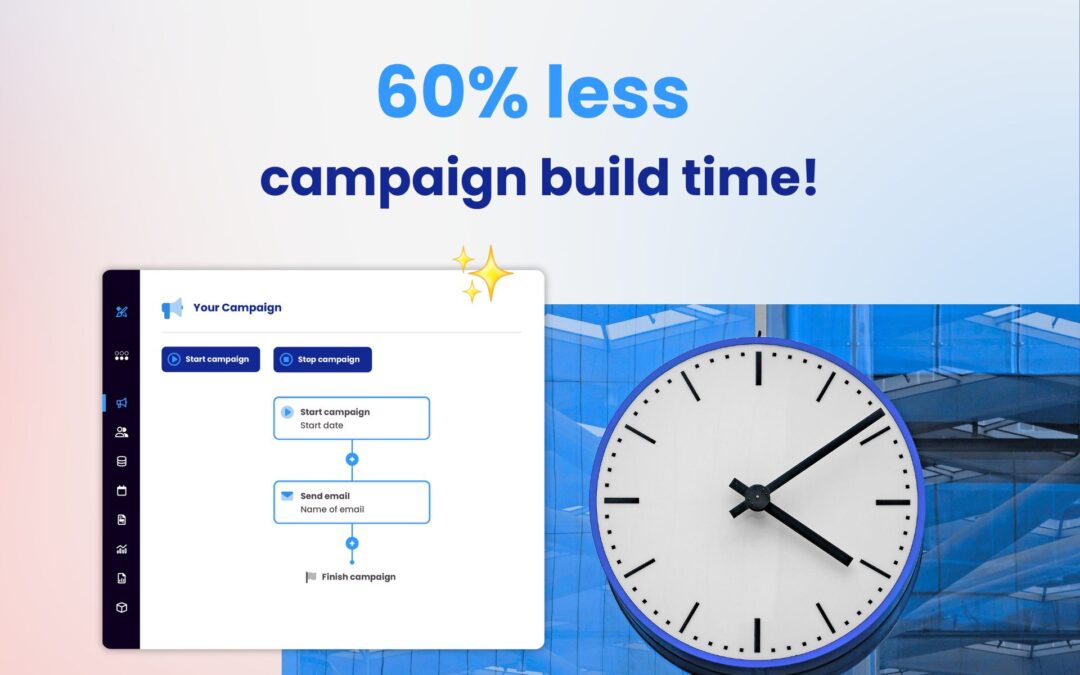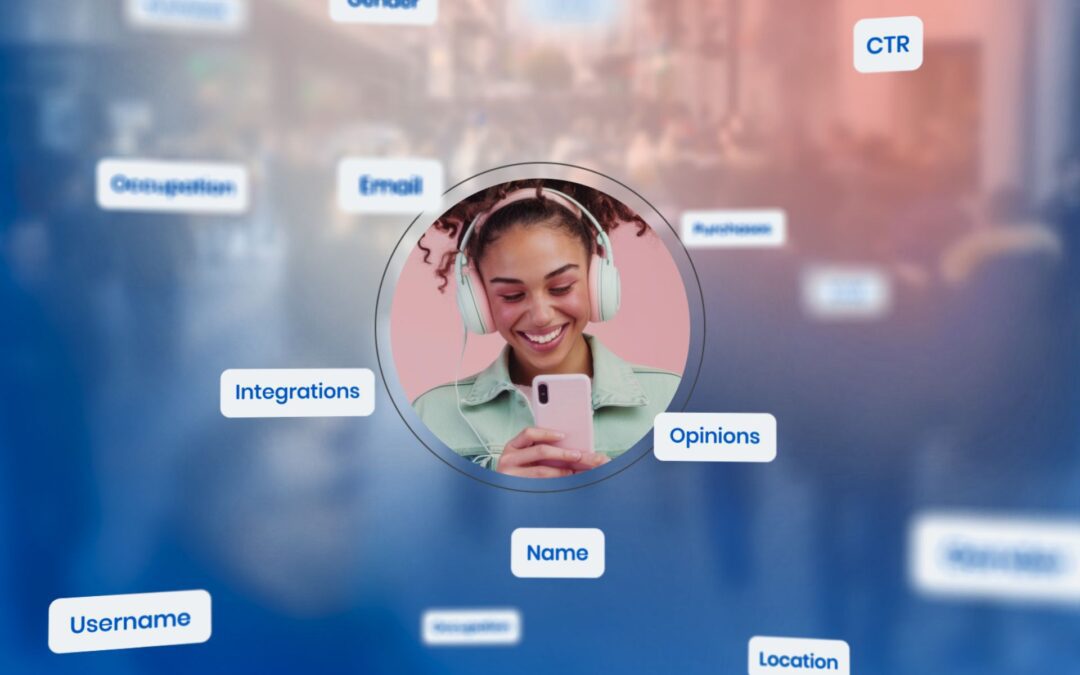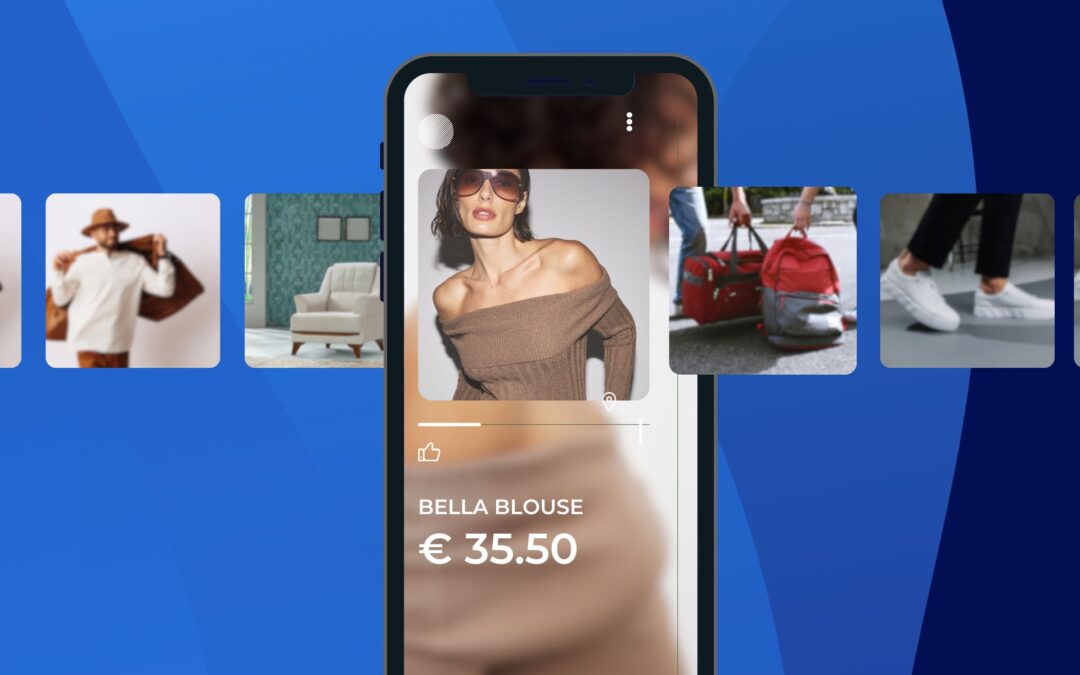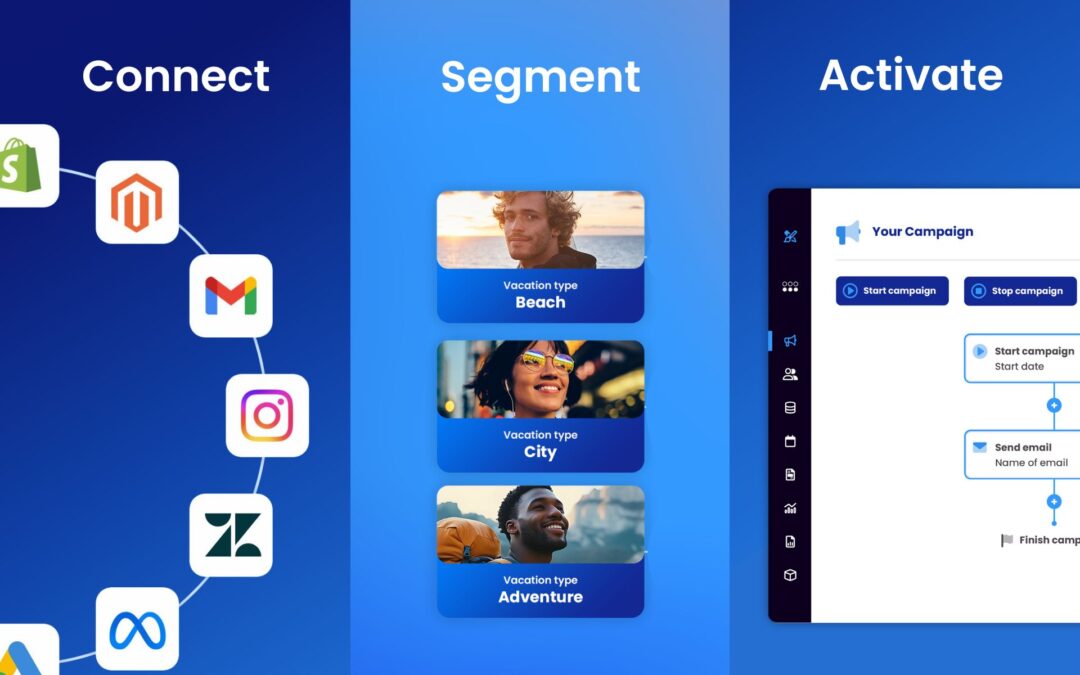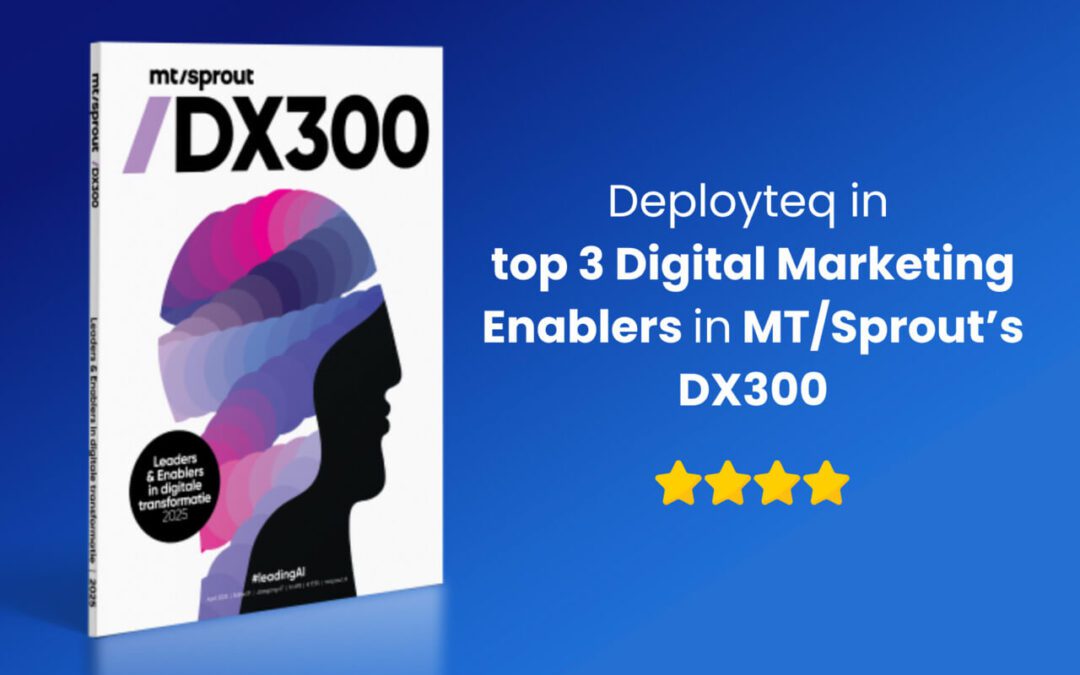The travel industry is flourishing once again. Projected to reach a revenue of $854.80 billion in 2023, this industry which has suffered some of the most severe disruption in recent years is on track to overtake pre-pandemic levels. But that doesn’t mean travel brands can sit back and relax. Far from it.
With continuing economic challenges and growing ferociousness in competitive activity, travel brands need to bring their A-game to keep their audience engaged and booking. Fortunately, travel personalisation can help brands achieve just that.
Read on to learn how travel brands can utilise personalisation to create email campaigns that are irresistible to their audience and boosts their ROI.
Collect data
Data is essential to travel personalisation, no matter how simple or sophisticated your tactics are. So, before you can dive into sending out tailored campaigns, you need to focus on gathering high quality, first-party data from your audience. Fortunately, this can be achieved in several ways:
Data capture forms
One of the most simple but effective ways of collecting data is through data capture forms.
These can be as simple as a newsletter sign up or gated content forms which capture email addresses and basic information such as first name or date of birth.
Alternatively, at the point of account creation the customer is highly engaged. So, it’s the perfect opportunity to gather in-depth information such as destinations they are interested in, the type of traveller they are, and what their budget is.

Surveys
Sometimes, the secret to collecting quality data is simply asking.
Travel brands can utilise surveys, questionnaires, and quizzes to ask specific questions about their customers’ preferences, interests, and behaviours. This allows marketers to cut through the noise of data and dig into what they really need to know to enable their campaigns. Don’t forget that to encourage recipients to take part, a small incentive can go a long way.
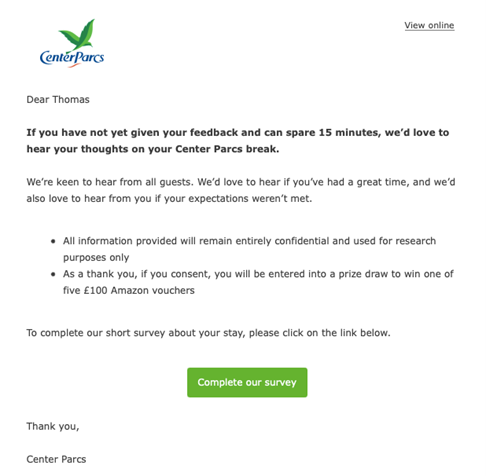
Previous bookings
Rather than paying for expensive booking site data, your own previous customer bookings and purchases offer a wealth of data insight on both individual customers and groups of audiences.
By collecting this data, you can identify trends from look-a-like customers that share multiple similarities such as demographics and behaviour. Or you can begin building a detailed profile on each individual based on their own purchase trends.
Preference centres
Not only are preference centres essential for giving recipients choice, but they can also be a valuable tool for gathering customer data by identifying the types of communications that audience groups, and individuals, are most interested in.
By tracking these preferences, businesses can gain insights into their demographics, interests, and behaviours, which can be used to personalise campaigns with useful recommendations and content.
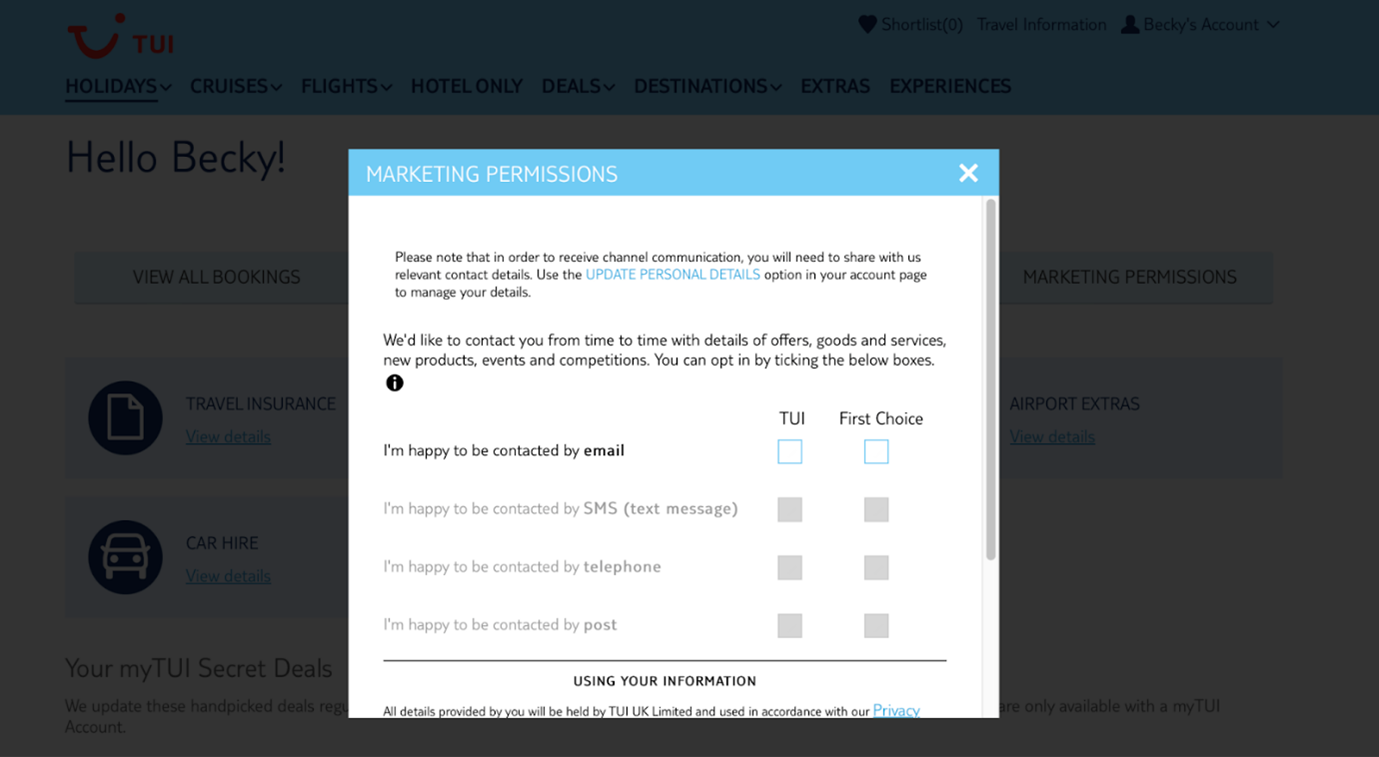
Best practice personalisation for travel
Now that you’ve collected the all-important data, you can get stuck into creating and sending some impressive email campaigns.
Here are some of our favourite tips for best practice personalisation to get you started:
Tailored content
Travel brands can start simply with tailored email content such as using a first name in a personalised subject line or within the email body. Whilst simple, this practice is highly effective, with personalised subject lines being 22.2% more likely to be opened.
Alternatively, brands can be more sophisticated in tailoring campaigns by using dynamic content blocks to pull through images, copy, news, or even weather updates that are relevant to the recipient’s demographics, behaviour, or booking history.
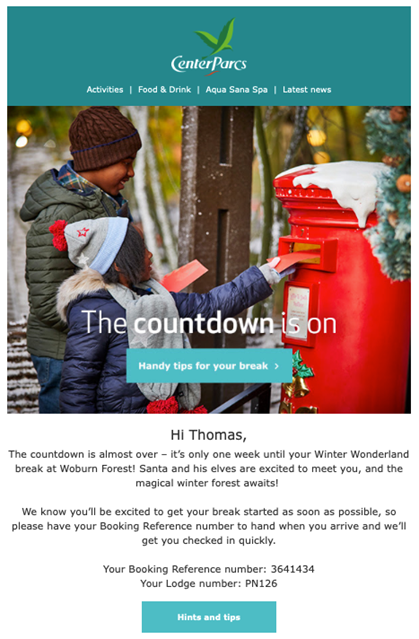
Relevant recommendations
To make the most out of the valuable real estate within your emails, provide consumers with recommendations specifically based on their preferences, purchases, or behaviours.
This can be achieved in a variety of ways, firstly through segmented campaigns to customer groups that share similarities. Or, if you want to be more advanced, with dynamic content which can pull through data on specific consumers’ favourite locations, hotels, attractions, and restaurants and targets them with recommendations personalised to them.

RFM segments
RFM analysis allows travel brands to group customers into segments based on their past purchases. Specifically recency, frequency, and monetary value.
By segmenting customers, travel brands are able tailor their communications, promotions, and marketing efforts based on these specific segments.
For instance, promoting more expensive destinations or VIP perks to their higher spending customers or cross-selling to their most recent purchasers.
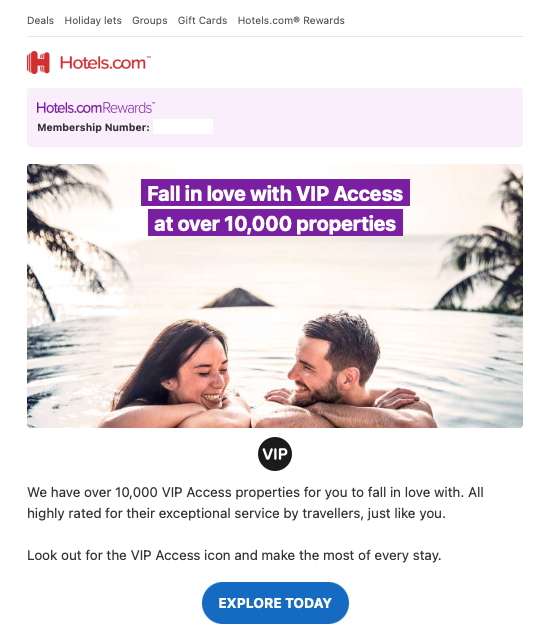
Triggered updates
Once travel customers have handed over their card details, they want to be kept updated. That’s why automated, or ‘triggered’, emails are essential for travel brands to keep their customers reassured.
These updates can come in the form of booking information, trip reminders, and upsell and cross sell opportunities, such as hotel upgrades, car hire, and tour packages.
Pre-booking, travel brands can send out personalised abandoned browse or basket reminders to encourage customers to make their booking. And post-trip, brands can send out review requests to gather user-generated content (UGC) and feedback.
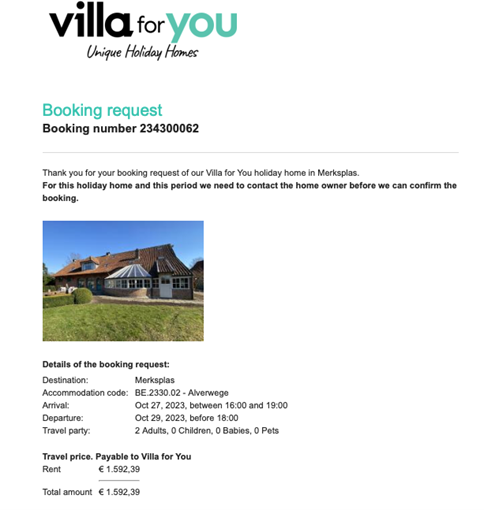
Test and optimise
It may not be as exciting as sending out creative email campaigns, but testing and optimising is essential to ensure your marketing is performing. Travel marketers can utilise technology such as AB testing alongside regular monitoring of results to ensure they are sending the best campaigns possible, and that their personalisation efforts are making an impact.
Consider metrics such as open and click through rates, alongside more in-depth analysis such as heat maps, conversion rates, and overall ROI to measure success at every level.
Tools for personalised travel campaigns
When it comes to tools to execute personalised campaigns, they must have data capabilities at their core.
Fortunately, platforms such as Deployteq make it easier to use data to deliver personalised, intuitive, and fully connected campaigns that engage your audience and generate conversions.
Deployteq’s data platform enables travel marketers to create a 360-degree customer view of their audience. Providing a single source of truth so that marketers are fully in control of their data.
To create and send personalised campaigns, look for a platform that covers all levels of travel personalisation and automation. From identifying look-a-like audiences and managing segments, through to automatic triggers and dynamic content.
Deployteq’s technology offers all of the above, ensuring our customers can create jaw-dropping, highly personalised communications no matter what their level of marketing sophistication.
In summary
No one can deny it’s been a challenging time for travel brands. However, there is a light at the end of the tunnel. With the correct data, strategy and technology, travel brands of all sizes can excel in their marketing, keep customers engaged, and boost their ROI.
If you are looking for advice or functionality to harness the power of travel personalisation, then get in touch with us at Deployteq. We have supported travel brands such as TUI, Center Parcs, Corendon, and Schipol Airport (amongst many others) to send impactful, personalised campaigns. So we’re confident we can help you too.
